
Developing a culture of change for students with disabilities
Schools only become “inclusive” once the school culture changes. At East Upper & Lower Schools, students with disabilities are starting to feel the change.
Not long ago, key aspects of this change at East – inclusive classrooms, transition planning, and parent involvement in their child’s Committee on Special Education (CSE) process – were not always consistent for students with disabilities. After a unique partnership with the University of Rochester, an educational partnership organization (EPO), formed in 2015 to help get Rochester’s lowest-performing school back on track, East’s special education program has become more responsive to students.
Today, a full range of special education services and supports are in place for students with disabilities, allowing them to thrive as learners, both in the classroom and beyond high school. And, as a result of this shift, East has seen tremendous improvement in the suspensions and behaviors, academic performance, and graduation rates of all East scholars, especially students with disabilities. These improved outcomes are not usually the case among the special education student population in traditional public schools.
Research shows that while suspension and expulsion rates for students with disabilities have dropped across the United States, special education students are still subject to disciplinary measures at a higher rate than of their peers without disabilities. According to the most recent in-school and out-of-school suspension data from the Civil Rights Data Collection, roughly 26 percent of overall school suspensions in New York State for the 2013-14 school year were students with disabilities. However, these statewide numbers do not reflect the relative success of students with disabilities at East, where the suspension rate for students with disabilities was 12 percent in 2018-19, aligning with the school’s students with disabilities (SWD) population of 14.5 percent that same school year. Overall, East students – those with and without disabilities – are being suspended less. Since the 2014-15 school year, suspensions have dropped from 2,500 to 500 last year.
Fewer suspensions lead to more time spent with valuable classroom instruction at East – for everyone. For special education students, East has seen a drastic change in academic performance. With the overall graduation rate continuing in an upward trend, from 33 percent in 2015 to 70 percent in 2019, the school continues to see a similar jump in the number of students with disabilities graduating. Their graduation rate climbed from 26 percent in 2015 (with 31 percent of these graduates earning a Regents diploma) to 57 percent in 2019 (with 33 percent of these graduates earning a Regents diploma).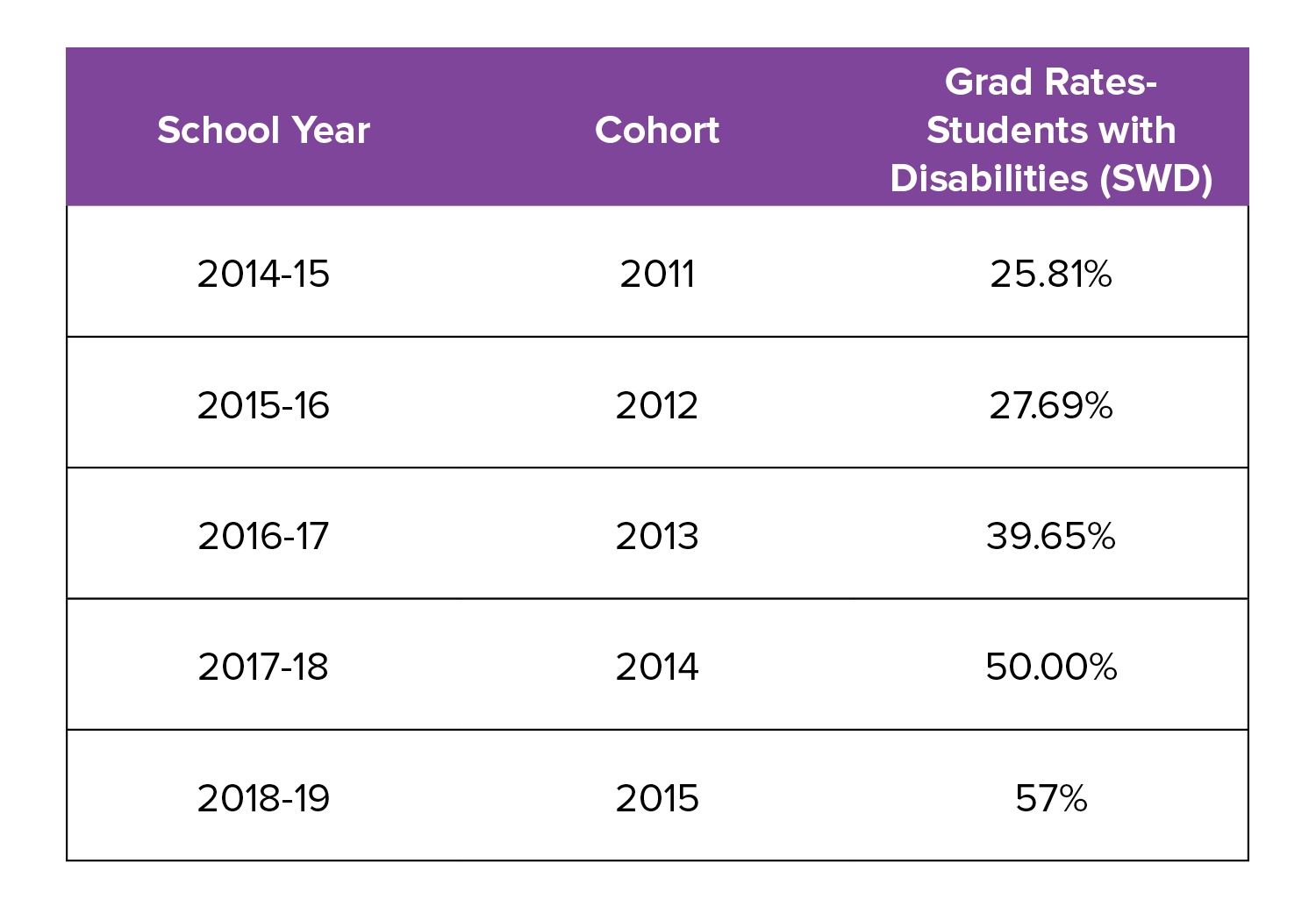
Several elements of culture change have contributed to the success in the special education program at East.
A Fully Inclusive Model.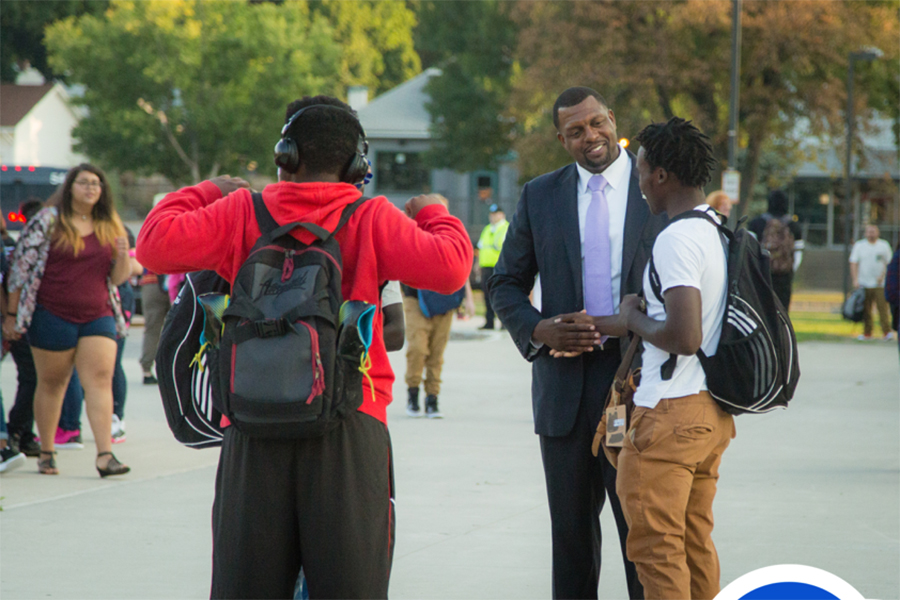 In September 2015, East embarked on a new chapter when the school officially opened its doors under the new EPO partnership with the University of Rochester. East staff and students were welcomed back with many changes that school year, including a move from self-contained classrooms, which group and isolate students with disabilities, to more general education classes that pair a special education consultant teacher with a content teacher. This inclusive consultant model places students with disabilities in general education classrooms with their peers without disabilities, and often features a co-teaching approach where curriculum work and lesson planning address the individual needs of students, thus creating a more personalized learning environment.
In September 2015, East embarked on a new chapter when the school officially opened its doors under the new EPO partnership with the University of Rochester. East staff and students were welcomed back with many changes that school year, including a move from self-contained classrooms, which group and isolate students with disabilities, to more general education classes that pair a special education consultant teacher with a content teacher. This inclusive consultant model places students with disabilities in general education classrooms with their peers without disabilities, and often features a co-teaching approach where curriculum work and lesson planning address the individual needs of students, thus creating a more personalized learning environment.
East senior Dorian was in eighth grade during the first year of the East-University of Rochester partnership. Prior to the EPO, Dorian was in a “pullout” (self-contained) special education class at East, separated most of the day from his peers who were not in special ed. He prefers the new model of mixing special education students and other students—one Dorian says has allowed him to be successful. Dorian has also benefited from the smaller class sizes and the consultant model, as well as extended class time for math and English. “It has made people learn because they have extra time to actually do things, and kids are in class more,” he says. “I don’t know what it was, but as soon as you guys [the University of Rochester] came in, everything changed.”
Last year, Keisha McCray enrolled her twins, Jasmin and Jayla, as seventh-graders in East Lower School, where she was hoping they would benefit from more integration and individualized learning. Now, in her second year at East, Jasmin appreciates the services and support provided through the school’s special education program. East special education teacher Olivia McDowell has worked closely with Jasmin to make sure everything is in place for her.
“It’s really integrated here,” explains McCray, an East grad. “There was no integration at [Jasmin’s] previous school … they taught all the kids the same, no matter what your disability was. Here there’s integration, and they break it down for Jasmin, but she’s still doing the same work as her peers.”
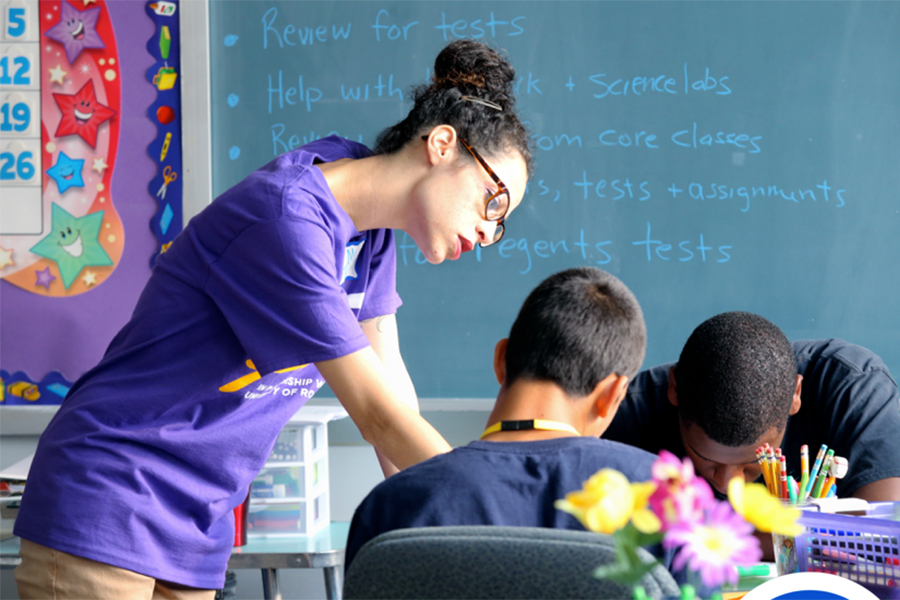 East has also made it a mission to improve students’ growth in reading and math through the use of intervention programs, like READ 180 and System 44, that use adaptive technology to personalize student instruction.
East has also made it a mission to improve students’ growth in reading and math through the use of intervention programs, like READ 180 and System 44, that use adaptive technology to personalize student instruction.
By partnering with Houghton Mifflin Harcourt, the learning company behind these interventions, East is able to give everyone in the classroom the tools they need to become thriving, successful learners. And East scholars have made notable progress in academic achievement as well as personal growth outside the classroom. Students with disabilities participating in READ 180 every other day have consistently achieved around one year’s normative growth. In 2018-19, the literacy model was adjusted to offer READ 180 daily, and students with disabilities achieved even greater gains, showing 1.7 years’ worth of growth in one school year.
Since coming to East, Jasmin’s reading excelled two grade levels in just one year. Now in eighth grade, Jasmin is reading at a higher level than she’s read in all of the seven years spent at her previous school where, her mother notes, Jasmin was stuck at the same reading level for years and never had a passing grade. “She got here, and boom, the girl blossomed! She still has learning disabilities, but she’s able to accomplish things here.”
East families have also responded positively to the support periods added to meet all students’ academic needs. For both Dorian and Jasmin, support has allowed them to get extra help with certain classes. Jasmin gets a literacy support class, known as READ 180, that’s an extra class on top of her regular class to reinforce the ELA curriculum or to break it down into smaller chunks for her, which really works, according to McCray. “She’s never had that before,” she says, “so it’s really individualized the way the IEP should be.”
A Focus on Transition.
The Center for Disability and Education (CDE), housed at the University’s Warner School of Education, has been working to help extend the impact of East’s support for students with disabilities—both academically and in transition planning. To help address the large population of students with disabilities, the CDE has played an instrumental part in the EPO plan from the start, providing support in the areas of professional development, curriculum planning and implementation, and transition planning meetings.
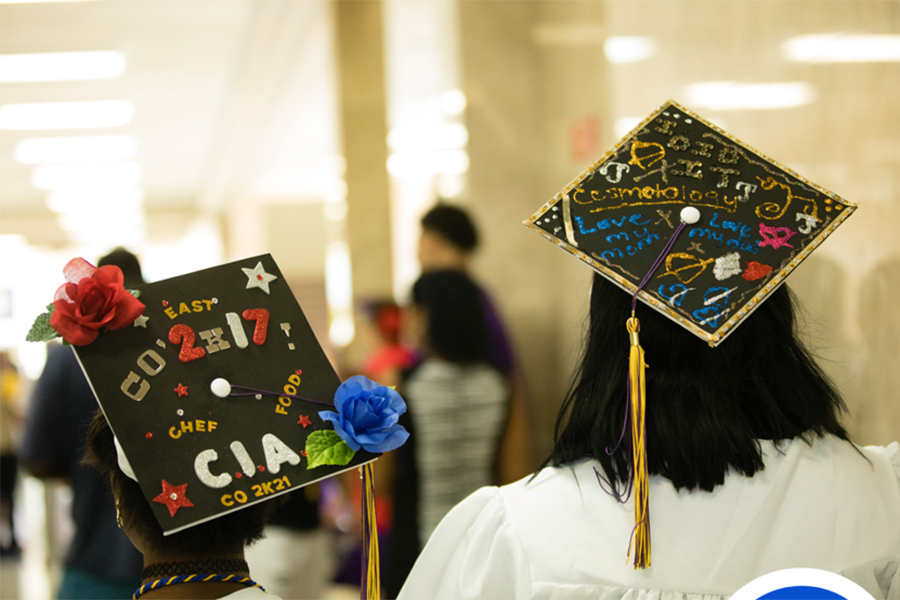 Prior to working together, quality transition planning did not occur at East. For students with individualized education plans (IEPs), the quality of transition planning is especially important because it provides a personalized course of action based on students’ strengths, desires, and future goals beyond high school and guides them through a successful transition to adulthood. And while all schools have access to services and supports offered through the center, CDE staff is immersed in and has a presence at East, unlike at any other surrounding K-12 school.
Prior to working together, quality transition planning did not occur at East. For students with individualized education plans (IEPs), the quality of transition planning is especially important because it provides a personalized course of action based on students’ strengths, desires, and future goals beyond high school and guides them through a successful transition to adulthood. And while all schools have access to services and supports offered through the center, CDE staff is immersed in and has a presence at East, unlike at any other surrounding K-12 school.
Transition is a primary goal that special education administrator Jason George is focused on at East. “I’ve always wanted to improve graduation, so transition planning has been one of my goals since coming to East,” says George. And, to stay ahead of the game, these transition planning meetings, as of the 2019-20 school year, now take place during students’ junior year, rather than waiting until senior year.
According to George, the team approach and buy-in from teachers are what make transition planning successful. “I have a strong set of teachers and counselors that are always willing to go above and beyond, on top of being willing to take professional development and actually implement the professional development,” he explains. “I have psychologists who are willing to sit with me whenever they need to collaborate on or brainstorm efforts that could benefit the students. Staff from the University of Rochester have been fantastic by giving their lens of knowledge when it comes to supporting students with disabilities and transition.”
CDE staff, along with East students, families, staff and leaders, attend East’s transition planning meetings, marking a change in the school’s history. These robust meetings are student-led and provide another means for scholars to have a voice and advocate for themselves. CDE staff regularly provide guidance to and linkage among staff, students, and their families with community and state agencies, like Adult Career and Continuing Education Services-Vocational Rehabilitation (ACCES-VR), that support students on a successful transition.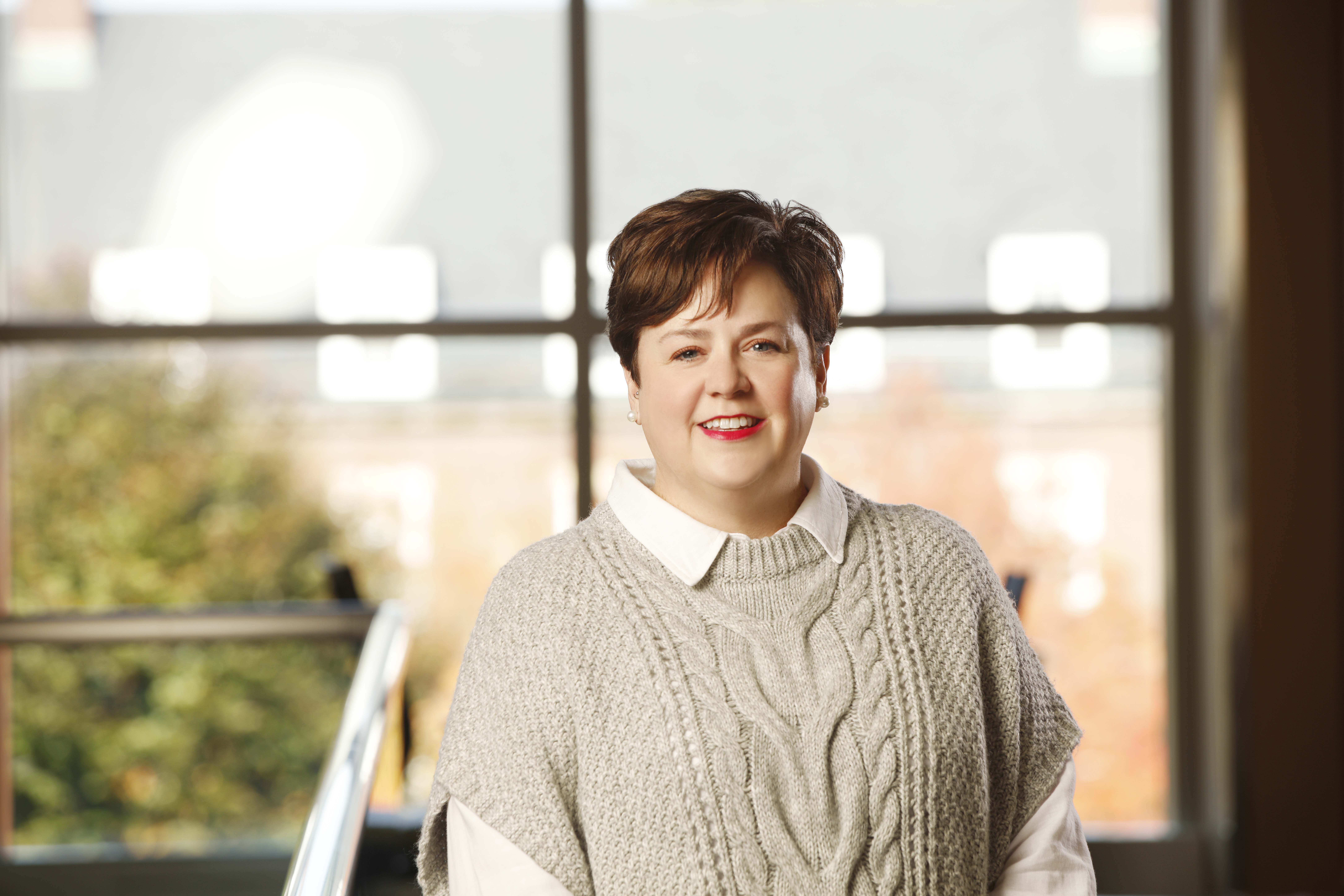 It’s the tone and pragmatic approach of these meetings that Mary Judge, assistant director of CDE, believes has helped set the stage for students’ success. “It brings all the key players in the student’s life at East together to talk about the student’s successes and what could be worked on,” says Judge. “Jason [George] sets up every meeting as very positive and forward moving. He’s really immersed himself in the position, so he really knows the students well and where each student is at.”
It’s the tone and pragmatic approach of these meetings that Mary Judge, assistant director of CDE, believes has helped set the stage for students’ success. “It brings all the key players in the student’s life at East together to talk about the student’s successes and what could be worked on,” says Judge. “Jason [George] sets up every meeting as very positive and forward moving. He’s really immersed himself in the position, so he really knows the students well and where each student is at.”
To help break down any barriers along the way, East staff have ongoing conversations, beyond the annual transition meetings, with students and their families to overcome obstacles around academics, internships, transportation, housing or anything else that may impede a smooth, successful path to graduation.
“I usually talk to Mr. George mostly, so he just gives me everything I need to know,” says East senior Dorian, who has been with the EPO for more than four years.
One day, when Dorian was waiting for his bus at the end of school, he talked to George about what he wants to do with his life. “I told him, ‘I want to get a job and I want to do a good thing with myself,’” Dorian says, “and he was like, ‘well, we can see if we can do internships with you—you can try to do this, or you can try that.’” Dorian is currently working at Wegmans and enrolled in the General Work Experience Program (GWEP) to allow him the opportunity for a possible internship at Amore Italian Restaurant and to turn this work into elective credit.
For students like Dorian, transition planning will help them to move toward their postsecondary and employment goals. And Dorian has big plans for his future, hoping to land a career in law or videogame design. With his passion for cooking, Dorian has studied in the culinary program at East under Jeff Christiano, known as Chef Jeff, who taught him the secret to preparing salmon. He also works in knowledge-based service (KBS) at Wegmans, where he demonstrates cooking techniques and hands out samples. During his junior year, he scouted several local colleges, like RIT, Nazareth, University of Rochester, and Niagara University, hoping to make a decision soon.
Stronger Relationships & Mutual Trust.
Two other major initiatives brought about by the EPO have also contributed to the changing culture at East. One is restorative practices, an alternative approach to discipline that is less punitive and more focused on building relationships and restoring trust. Working in tandem with restorative practices is the second initiative, Family Groups, which consist of 10 students who meet daily with their “carents”—a pair of teachers or staff who relate to the group as “caring parents.” Both have helped to build trust and lasting friendships and provide a safe space for all East scholars, including students with disabilities.
Dorian, who came to Rochester from Brooklyn and later lost his uncle, a father figure in his life, in seventh grade, says Family Group has also helped him to deal with his emotions. Former East chemistry teacher and Rochester alumnus Larry Neal ‘75 was the carent who met with Dorian’s Family Group the past few years.
“I don’t have a Dad in my life, so whenever I went to school, Mr. Neal kind of took that role,” says Dorian, “being there for me, giving me advice when I couldn’t talk to my mom because I can’t ask my mom everything. And, when I asked him, that’s when he would give me the answers I wanted, and he would be truthful about everything.”
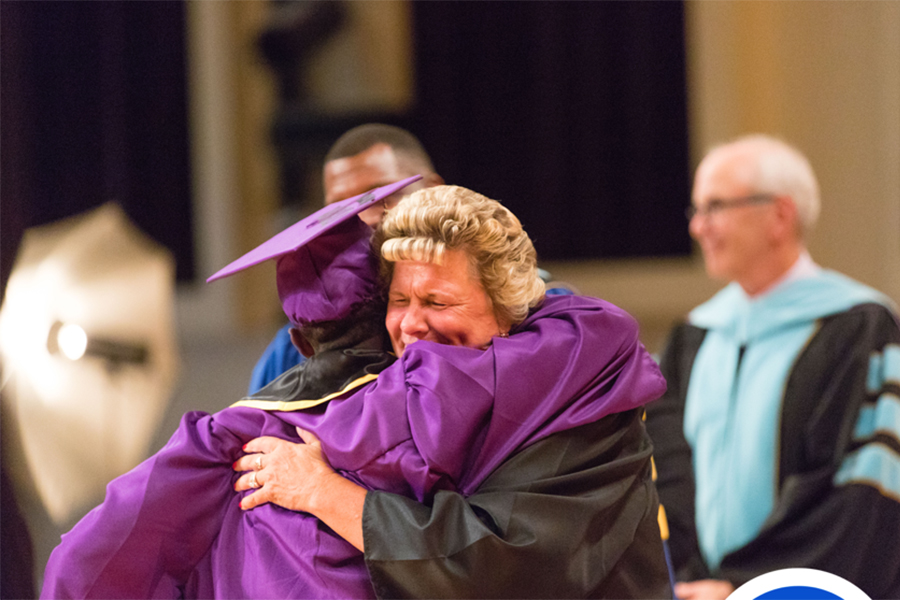 East families, like Dorian’s, have responded positively to these new initiatives as well as to the school’s additional social workers/counselors hired to adequately address all students’ social and emotional needs – another aspect of the EPO.
East families, like Dorian’s, have responded positively to these new initiatives as well as to the school’s additional social workers/counselors hired to adequately address all students’ social and emotional needs – another aspect of the EPO.
In addition to her transition work, Judge, from the University of Rochester, voluntarily sits in on senior exit interviews each year, sometimes even with students whom she had the pleasure of knowing through transition planning meetings. One of the questions she always asks at the exit interview is: “What would you do if you could come back and repeat your experience at East?” And, Judge is always moved by how supported students feel at East.
“One student said to me, ‘I don’t know if I would be doing this [graduating]’ because she admitted that she was challenging early on and didn’t take things seriously,” Judge explains about the student who wasn’t attending classes and whose parents were recently divorced at the time. “But then all of a sudden she started sitting in these Family Groups, and she said to me, ‘Now’s my chance to get it together. So, if I could do it all over again, I’d do ninth grade when the EPO was here.’”
Judge adds, “That kind of stuff was really cool to hear, especially from students that have been labeled with a disability, and to know that the bar was set higher and they have reached it. It has motivated them now to go on to other things they may not have ever gone on to before.”
Parents as Equal Partners.
At East, staff understands the importance of active parent participation on teams and has made an effort to boost family and student involvement. When families are engaged, students are more likely to have the supports they need to work toward and achieve their goals.
Similar to changes in transition planning meetings, East has also made it a priority to give students and families agency in the CSE process, which entails a full evaluation, written reports, and annual meetings to review each student’s IEP and progress. They understand the importance of students knowing their IEPs, understanding their disability and modifications, and being aware of what supports they are entitled to at East.
As a result, more families and students are actively engaged in the CSE process than they were prior to the EPO, when roughly only half of the families would participate in both the initial referrals and annual evaluations. During the 2015-16 school year, though, parent participation rose to 100 percent for initial referrals and 63 percent for annual reviews. While those numbers continue to improve (70.5 percent for annual reviews and reevaluations in 2018-19), it’s become difficult to track because parent participation extends beyond the traditional attendance at meetings. For example, parents are actively engaged in other ways, such as ongoing communication with East staff by phone, text, and e-mail due to busy schedules sometimes making it difficult to participate in person.
And the communication with students and families is ongoing and interactive.
“Mr. George is really good at making sure that they are following the IEP, and the teachers are awesome too,” says McCray. “They’ll call and say: ‘Hey, we’re doing this, it’s not working. This is what is in the IEP. What do you do at home? What can we do differently?’” she adds. “I mean the communication here is tremendous. They’re texting me, they’re calling me, they’re keeping me in the loop of what’s working and what’s not working.”
As for Jasmin, who struggles with change, she continues to work closely with East teacher McDowell, who has been assigned as her case manager, as a way to keep things consistent for her. “Jasmin calls Mrs. McDowell her ‘school mom,’” says McCray, who laughs, “so if she has a problem, Jasmin always knows where Mrs. McDowell is in the building because she lets Jasmin know where she is and says, ‘if you have a problem, come to me.’ She’s always available to Jasmin.”
Parents, like McCray, feel that their voice is welcomed and heard at East. They no longer feel like they have to wait for an annual meeting in order to address any concerns or provide helpful input.
“I just think that the U of R partnership with East High School has made this school a better place to be, an amazing place for kids to come and learn,” she says. “Every school has their struggles, but what I appreciate about this school is they are willing to work through the struggle with you, and so I really like that.”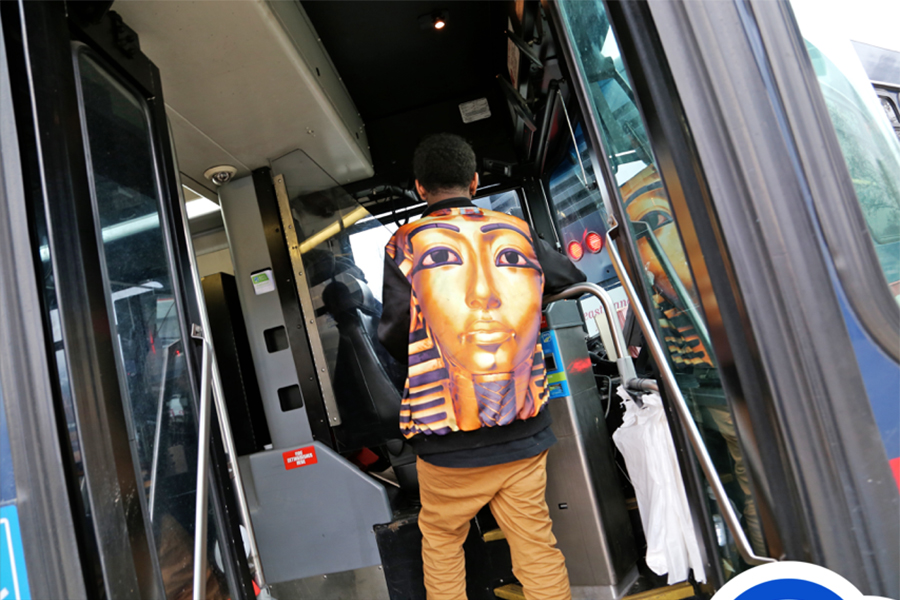 East has become a community school environment that supports ALL students, regardless of their abilities and backgrounds.
East has become a community school environment that supports ALL students, regardless of their abilities and backgrounds.
More and more families are choosing East because of the quality education and programs, such as Career & Technical Education (CTE) pathways in culinary arts and information technology, to name a few, in place for all students to thrive and grow. Applying these elements among a myriad of others has allowed East to become a place for educating all students. And the school sees the signs of success.